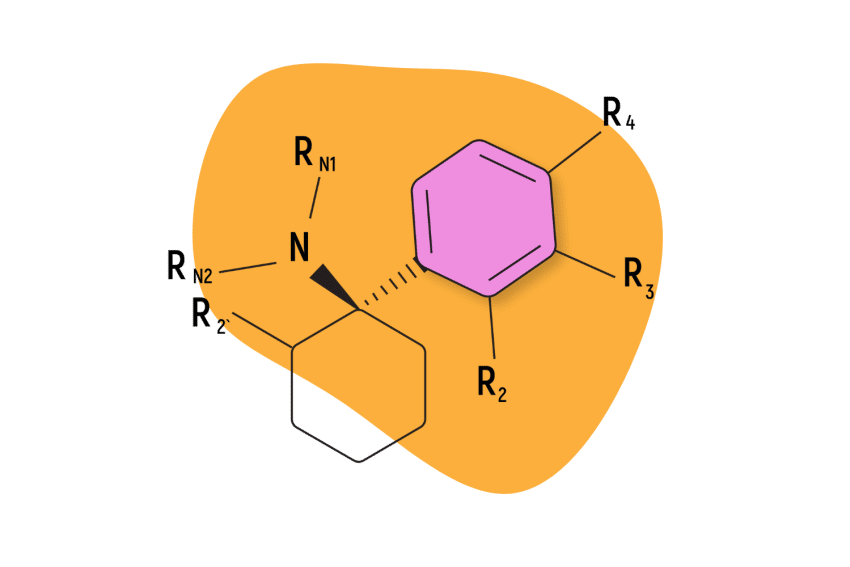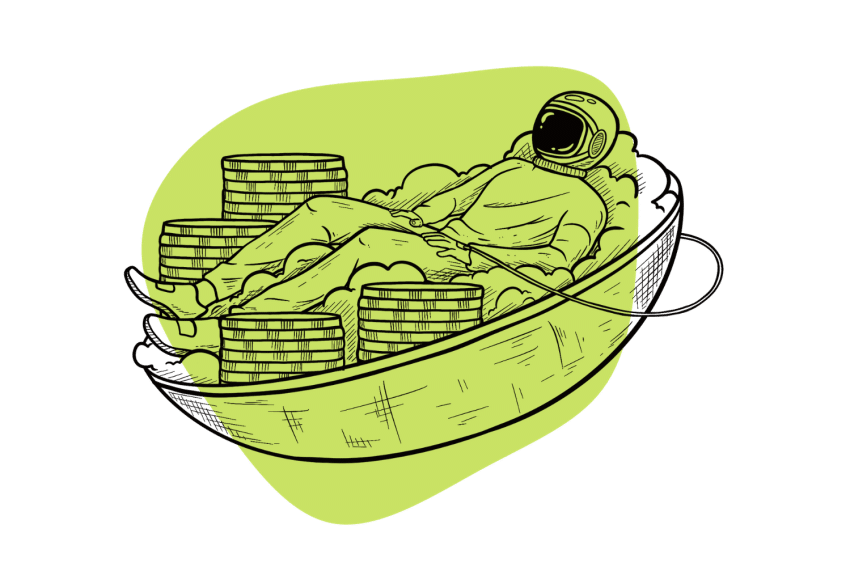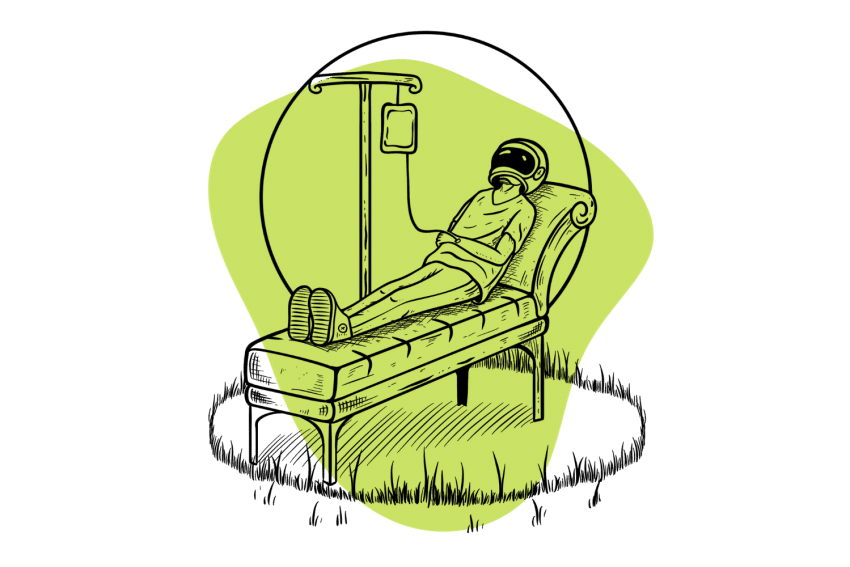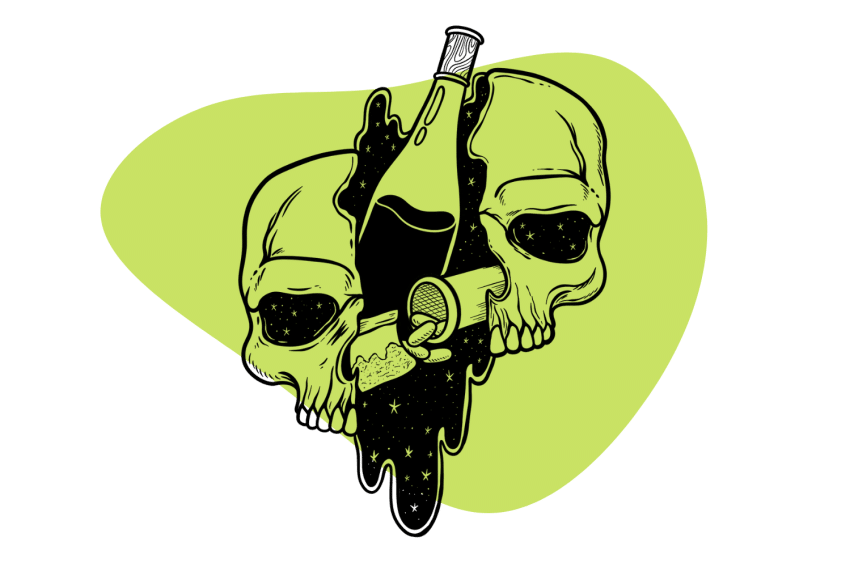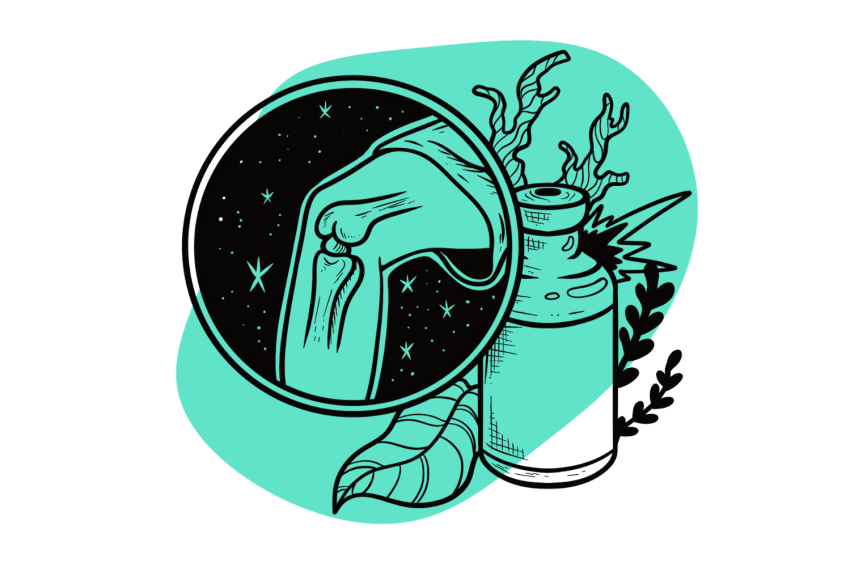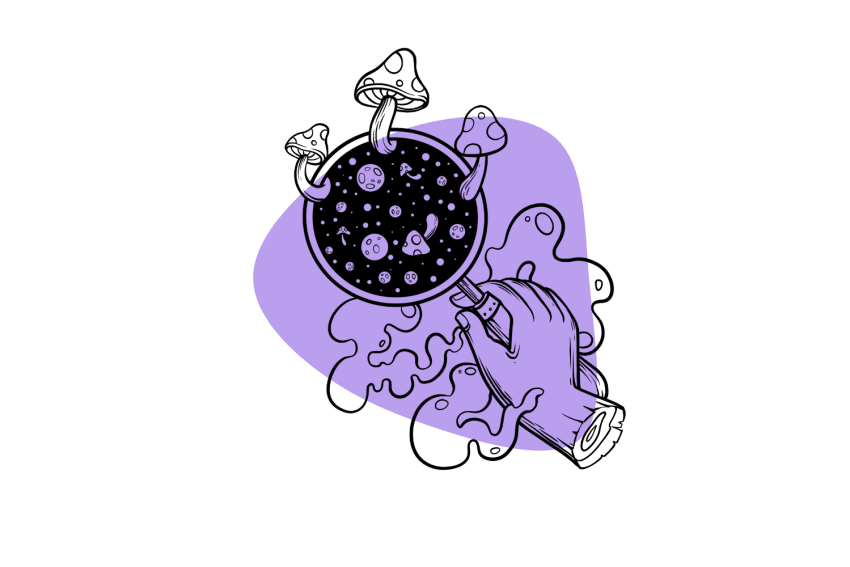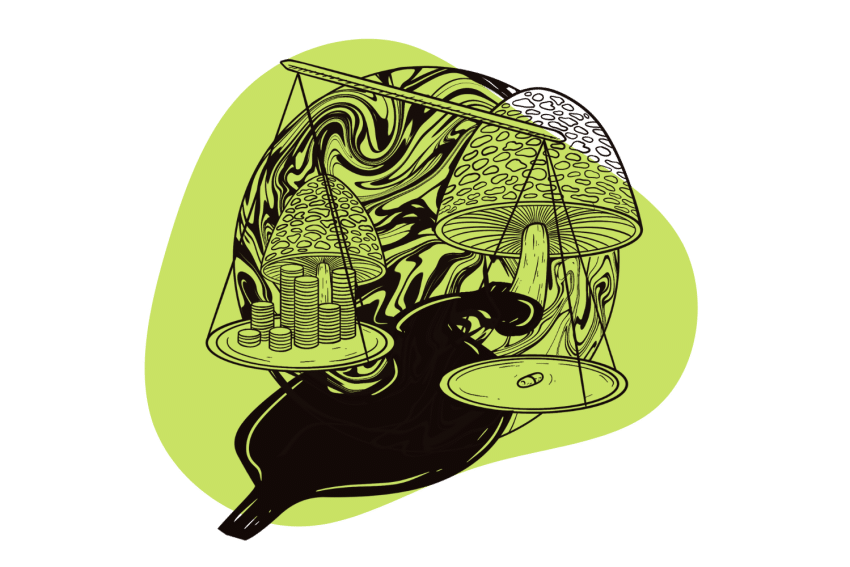Where Does Ketamine Come from?
Seems like ketamine is everywhere these days. From the club to the clinic, ketamine has never been consumed in so many ways by humans — but where does it all come from?
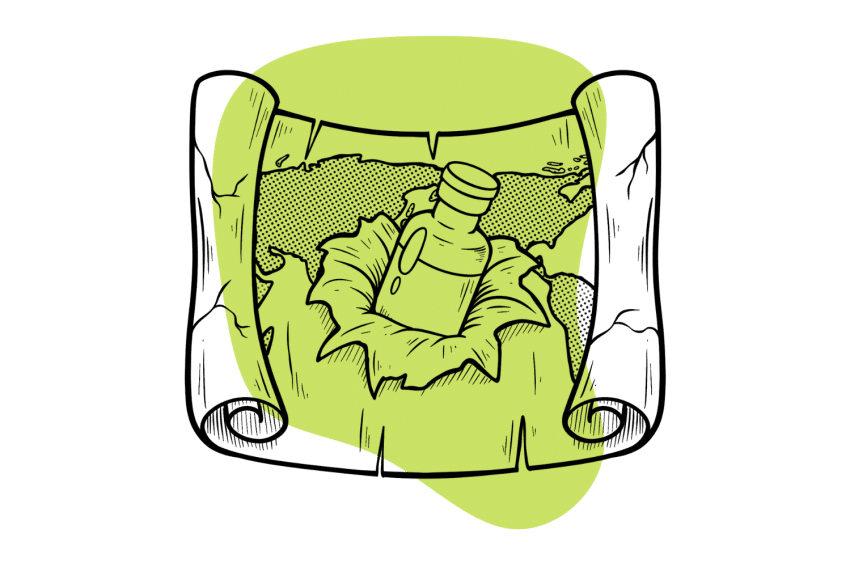
Ketamine is not extracted from a plant like cocaine, caffeine, or THC — nor can it be synthesized from store-bought chemicals like crystal meth. It was first created in 1962 by Dr. Calvin Stevens — a researcher at Parke-Davis Laboratories.
Ketamine production requires specific precursor chemicals, high-tech laboratory equipment, and intimate chemistry know-how. You won’t find ketamine extraction teks online like there are with DMT.
Generally speaking, ketamine is made by pharmaceutical companies and chemical producers.
Technically, you can find the instructions to make ketamine online, but you will need a chemistry background to make sense of them. Vice compared ketamine production to being “no harder than making ecstasy.”
Where Does Street Ketamine Come from?
For quite some time, it has been assumed that illicit ketamine is stolen from veterinary clinics and hospitals or diverted from pharmaceutical manufacturers at some point in legitimate production.
For many years, the view was ketamine was simply too difficult to manufacture in clandestine settings. Notably, important precursors to ketamine synthesis like “hydroxylimine” (1-[(2-chlorophenyl)-N- (methylimino) methyl]cyclopentanol) and o-chlorophenyl cyclopentyl ketone are difficult to obtain.
However, views among regulators began to shift in 2015 when China reported to the Commission on Narcotic Drugs (CND) that the majority of street ketamine in Asia was being synthesized in clandestine labs.
Following this revelation, eyes focused on China and India to track ketamine production. The two nations are the world’s largest producers of pharmaceuticals. In one 2015 BBC segment, a Chinese informant even laments ketamine prices dropping because too many people know how to make it.
However, the internet has contributed to the spread of knowledge of drug synthesis and has made acquiring laboratory equipment easier. Knowledge of how to produce ketamine precursor chemicals from other sources is also spreading.
The UN 2023 World Drug Report notes a rise in synthetic drug production overall. Synthesis knowledge is proving more lucrative than waiting for plants to grow or managing huge swaths of coca or poppies. In the booming global drug market, drugs made in a lab are quicker and, in some cases, more economical to produce.
The financial incentive and newly available knowledge of production are now encouraging the production of ketamine around the world. Production in China is dropping. Meanwhile, the United Nations Office on Drugs and Crime (UNODC) says that ketamine seizures have increased from 112 kg in 2020 to 2.7 tons in Cambodia in 2022. Several large-scale laboratories in the country have also been raided, with smaller labs popping up in other countries in Southeast Asia.
Outside of Asia, another report from the UNODC notes synthesis laboratories have been found in both Belgium and the Netherlands in recent years. Analysts say there is a general production trend moving closer to large markets.
Authorities now even suspect there could be a change in the drug trafficking routes, with ketamine from Europe being intercepted en route to Asia.
In the past, ketamine from Asia was trafficked to Europe in its liquid form inside unassuming toiletry bottles or, famously, rose water, as talked about in an article in Vice. The liquid ketamine is then cooked down into the crystals many are familiar with.
In South America, ketamine use is also on the rise, along with international trafficking of the substance. Insight Crime states that one operation in Columbia was caught filling action figures with ketamine pills. Columbia is also a hub for “tuci” or “pink cocaine,” which typically is a mixture of drugs, often including ketamine.
There are even reports of ketamine synthesis in South America, with raids in Argentina apparently finding several “ketamine factories.”
In short, street ketamine is now coming from all over the world.
Ketamine changes hands multiple times before hitting the street. For example, a significant amount of ketamine produced in Asia enters the United States through Mexico. Another example is going through Africa into Europe. During this extensive journey from the lab to the street, ketamine can easily be mixed with adulterants like fentanyl — so please test your drugs.
Who Invented Ketamine?
Ketamine was invented in 1962 by Calvin Lee Stevens, Ph.D., a professor of organic chemistry at Wayne State University and consultant at Parke-Davis, a pharmaceutical company. Dr. Stevens was looking for PCP (phencyclidine) derivatives. [1]
In the 50s, Parke-Davis had been looking for the “ideal anesthetic” and initially used PCP.
While PCP’s potency was impressive, the “severe excitation” and psychotic delirium it occasionally produced were deemed disruptive and harmful.
A compound known as eticyclidine was also used but later abandoned due to intense hallucinations. This drug is now Schedule 1.
Dr. Stevens decided to synthesize derivatives of PCP, and ketamine was initially known as CI-581.
Ketamine proved an exciting alternative to PCP, but researchers were still troubled by the “emergence phenomenon,” which they typically suppressed with other drugs like benzos or barbiturates.
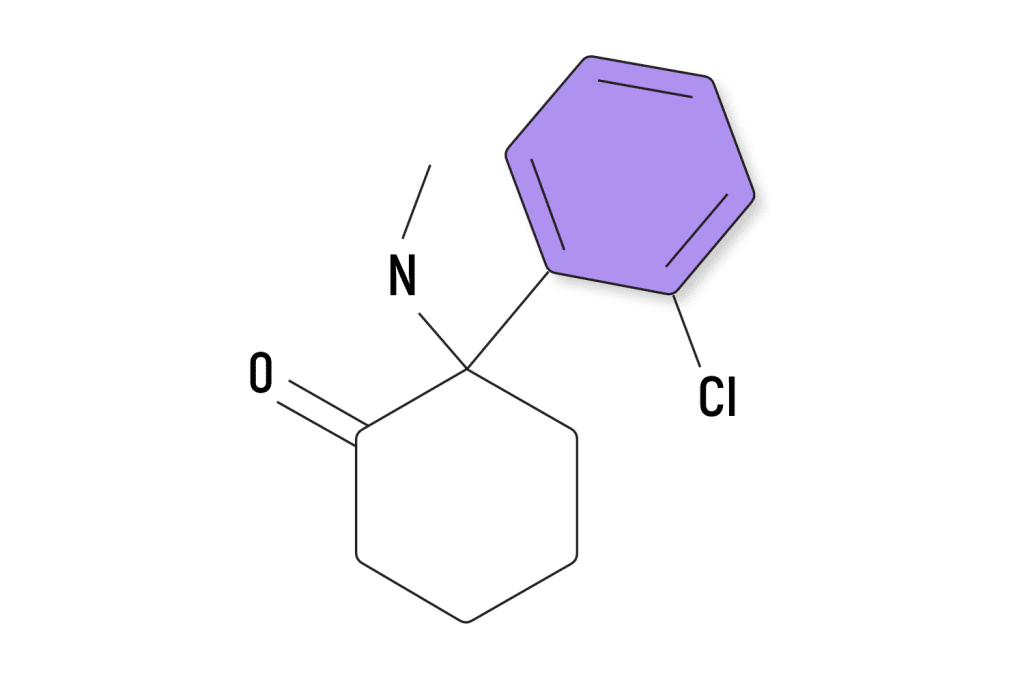
Where Was Ketamine First Used?
Ketamine was first administered to humans on August 3rd, 1964, to volunteers at the Jackson Prison in Michigan by Drs. Corssen and Domino.
Prisoners described sensations like floating in outer space and having no limbs. These effects lead to the description of ketamine as a “dissociative anesthetic,” which was actually coined by Dr. Domoino’s wife, Toni.
Despite consulting for Parke-Davis, Dr. Stevens tried to patent ketamine, and a legal battle ensued. The company eventually paid Stevens out to secure ownership of the new compound.
Ketamine became a veterinary anesthetic and was approved by the FDA in 1970. With official endorsement, ketamine was then deployed in the ongoing Vietnam War as a field anesthetic. Ketamine proved effective for field surgery by being easy to administer, while troops also learned of its pleasant disassociative effects.
Post-Vietnam, ketamine became a standard medicine for certain surgeries and found its way into the toolkits of emergency rooms and first responders. In veterinary medicine and many developing countries, ketamine remains a hugely important anesthetic and pain medication.
It wouldn’t be until the 90s that official reports from France mentioned ketamine abuse, but Karl Jansen’s book Ketamine: Dreams & Realities mentions rumors of ketamine escaping the lab as early as 1967-68. At the time, it was apparently called “mean green” and “rockmesc.” [2]
The FDA had concerns about ketamine in the 70s, particularly after books like John C. Lilly’s The Scientist: A Metaphysical Autobiography described ketamine in terms like “a peeping Tom at the keyhole of eternity” [3]. It wasn’t until August 1999 that ketamine became a Schedule III drug.
Ketamine’s Mental Health Origin
As early as 1975, ketamine was being studied in animals for anti-depressant effects by Sofia and Harakal. [4]
However, in 2000, Dr. Robert Berman of Yale University demonstrated the effects of ketamine on treatment-resistant depression [5]. Also, at Yale, Drs. Harbet and Correl began popularizing ketamine infusions for complex regional pain syndrome in 2002, a notoriously tough-to-treat condition [6].
Ketamine found a greater spotlight in mental health after another doctor, Dr. Rebecca Price (also from Yale), documented its rapid effects on suicidal ideation and its potential to treat PTSD. In the following years, off-label ketamine use in clinics began to spread alongside the growing popularity of psychedelics.
FAQs About Ketamine
Need more information about ketamine? Here are some questions that get asked quite a bit. Check out our website if you still need to know more.
1. Where Can I Buy Ketamine?
Ketamine can be purchased with a prescription from clinics, telehealth platforms, and pharmacies. Without a prescription, ketamine is illegal to possess or sell.
2. Is Ketamine Safe?
Ketamine has been used for over 50 years in medicine. Under the right supervision and in appropriate circumstances, ketamine has a well-established safety profile.
If ketamine is abused, it can lead to addiction and, in some cases, serious irreversible physical harm with bladder removal.
3. What Type of Drug is Ketamine?
Ketamine is classified as a dissociative anesthetic. It also has analgesic, antidepressant, and nootropic qualities.
Chemically, ketamine is classified as an arylcyclohexylamine.
Subscribe to Tripsitter: Newsletter & Podcast
Unlock Your Mind: Subscribe for Expert Insights on Psychedelics 🍄🌵
References
- Mion, G. (2017). History of anaesthesia: The ketamine story–past, present and future. European Journal of Anaesthesiology| EJA, 34(9), 571-575.
- Karl Jansen, M. D. Ketamine: Dreams and RealitiesKetamine: Dreams and Realities.
- Lilly, J. C. (1997). The Scientist: A metaphysical autobiography. Ronin Publishing.
- Sofia, R. D., & Harakal, J. J. (1975). Evaluation of ketamine HCl for anti-depressant activity. Archives internationales de pharmacodynamie et de therapie, 214(1), 68-74.
- Berman, R. M., Cappiello, A., Anand, A., Oren, D. A., Heninger, G. R., Charney, D. S., & Krystal, J. H. (2000). Anti-depressant effects of ketamine in depressed patients. Biological psychiatry, 47(4), 351-354.
- Kumar, A., & Kohli, A. (2021). Comeback of ketamine: Resurfacing facts and dispelling myths. Korean Journal of Anesthesiology, 74(2), 103-114.

